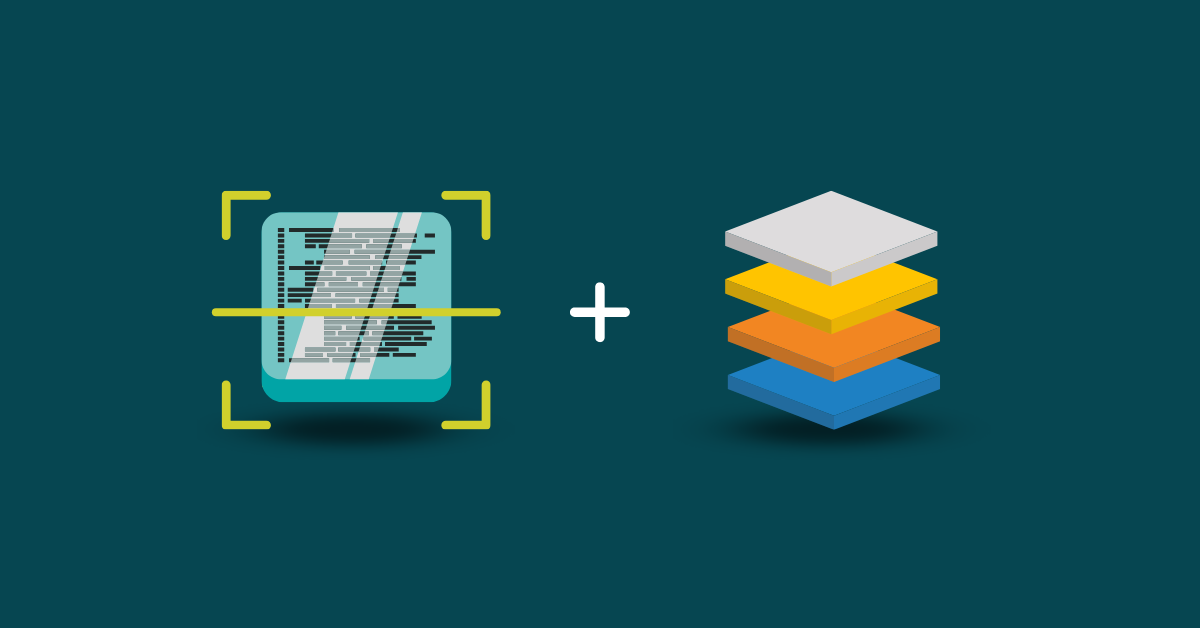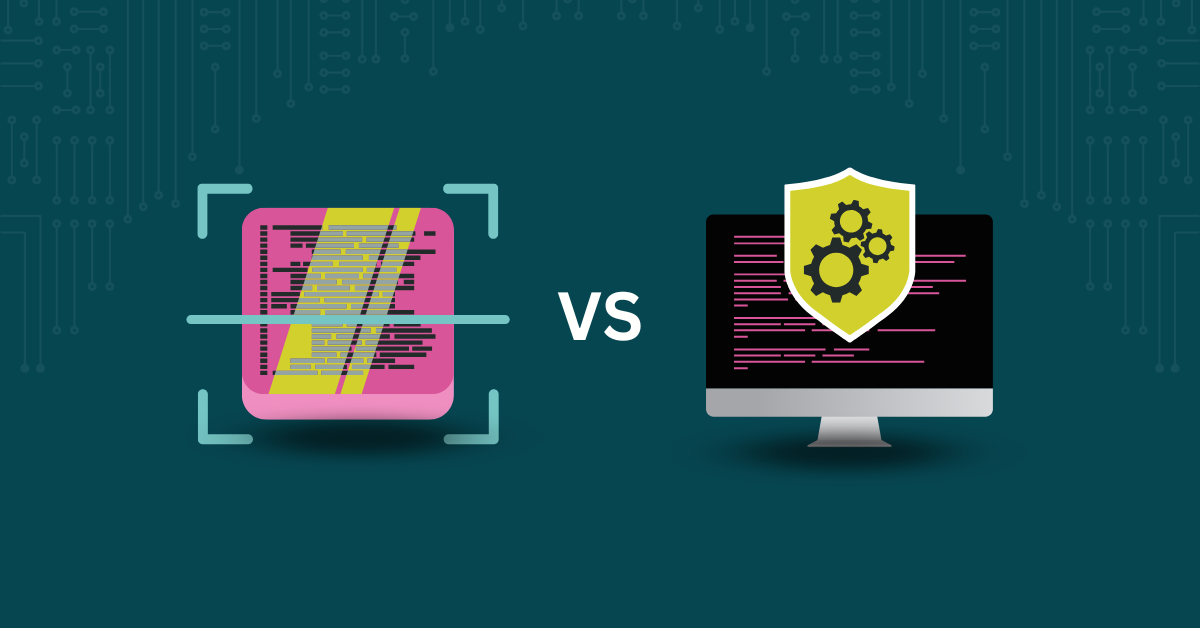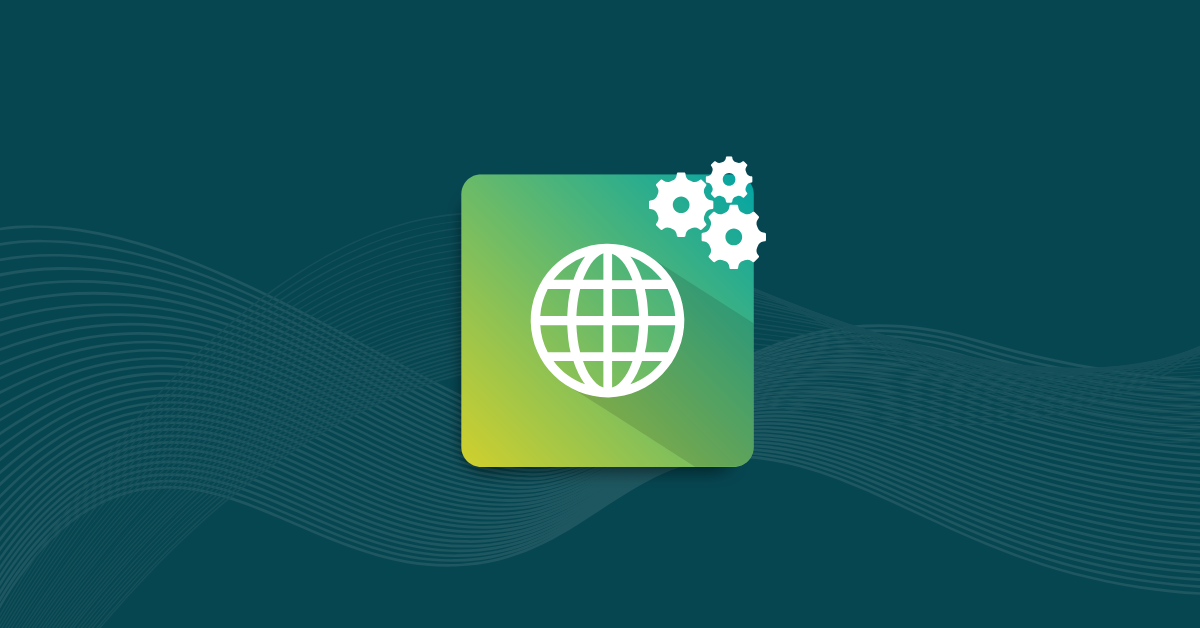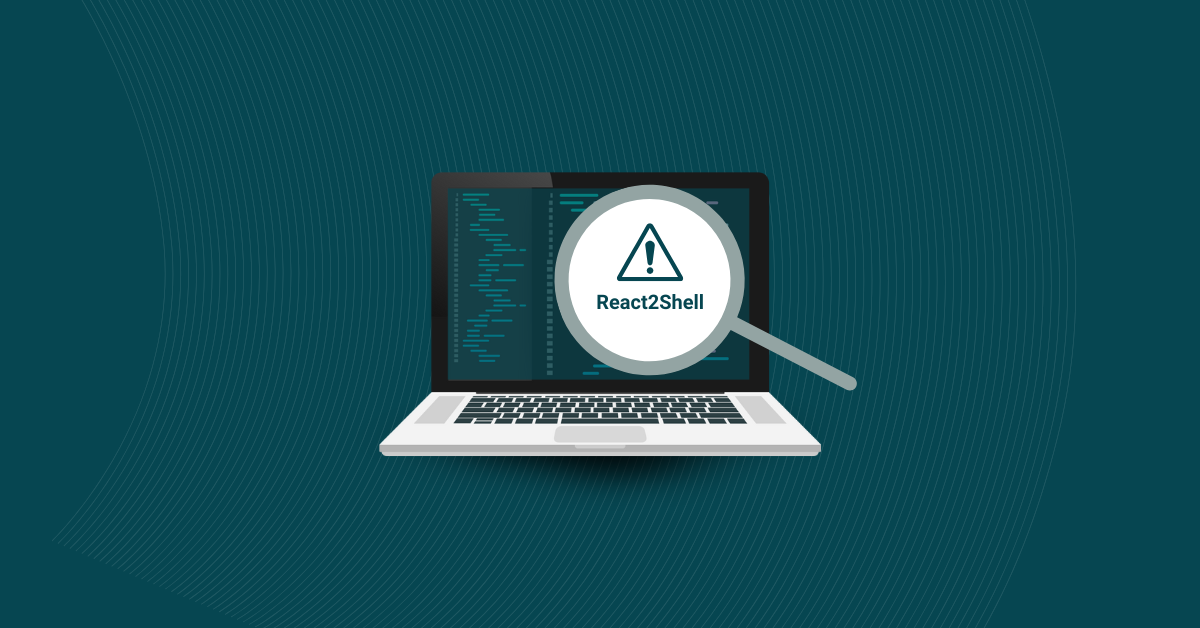

There are two critical processes that help ensure your applications are well-protected from malicious actors: Vulnerability scanning and penetration testing. While both concepts aim to secure a particular aspect of the network or your application, they serve different purposes and aren’t interchangeable.
In this article, we explore the differences and similarities of vulnerability scanning versus penetration testing to help you understand each approach’s unique role in bolstering defenses against your cybersecurity threats.
Vulnerability scanning is a systematic process used to identify security weaknesses or vulnerabilities across your web application. It serves as the first line of defense in any security strategy, offering developers and teams a preliminary view of potential security risks that could be exploited if left untreated.
Vulnerability scanning is often performed using automated tools rather than manual scans. Also, vulnerability scanning is largely generalized, casting a wide net that spans the entirety of the application—including the network—to give teams early visibility into potential impact and help them prioritize mitigation steps.
Common issues typically include outdated software or source code, missing patches, and configuration errors that could expose a network to potential threats—which is why it’s important to make vulnerability scanning a habit.
As part of the software development lifecycle (SDLC), vulnerability scans need to be performed on a regular basis to be effective. For instance, using a Static Application Security Testing (SAST) tool can scan your source code for vulnerabilities, while a Software Composition Analysis (SCA) tool focuses on open-source code and risks associated with third-party dependencies.
Utilizing both tools helps support ongoing compliance requirements, keeps you up-to-date on your system’s security posture and informs you on the areas where it may need improvement. By performing vulnerability scanning regularly, your internal development teams will have ample time to address risks before they become significant issues.
Penetration testing, more commonly known as pen testing or ethical hacking, is the simulation of actual attack vectors to uncover paths or vulnerabilities in your web applications, IT infrastructure, and APIs that hackers may take.
Pen testing aims to assess the effectiveness of existing security measures, identify potential points of entry for attackers, and evaluate your organization’s ability to detect and respond to security incidents.
Third-party security companies and consultants often conduct penetration tests to evaluate the response and capabilities of a business’s internal security teams. To execute this, testers employ a wide variety of tactics to help them breach a system’s defenses—like phishing, brute-force attacks, or SQL injections.
Penetration testing typically happens toward the end of the development cycle, often right before a major release. Tools like Wireshark, Nmap, Metasploit are a few examples of pen testing tools that can help you better understand where your vulnerabilities lie. Knowing how a skilled hacker can navigate a security system to their benefit helps your organization take advantage of any blind spots in your monitoring.
While both vulnerability scanning and penetration testing are best practices for software security, they’re fundamentally different in what they can offer you. Let’s break this down:
The key distinction lies in how wide or deep each method goes when evaluating your system’s security posture.
Vulnerability scanning focuses on the outermost layer of your application, scanning for known issues across a wide range of assets. Its holistic and broad-view approach lets it highlight potential weaknesses across your entire system. In layman’s terms, it’s a routine assessment of your app’s health and efficacy. This should be performed regularly throughout your SDLC and after every update or new patch is rolled out.
On the other hand, penetration testing dives deeper into the innermost layers of your security system, uncovering risks in the application segmentation and intranet communications. It’s generally more focused on finding specific paths bad actors may take, rather than a wide scan that catches all possible avenues of entry.
Vulnerability scanning relies heavily on automated tools compared to pen testing. This makes it more cost-effective and accessible to smaller companies, as it can be set to run in the background either constantly or on a schedule. Specialized vulnerability scanning software is quick and highly accurate, making it an effective way to maintain ongoing awareness of your system’s security status. Even in the rare event of a false positive, features like the “defect mute” found in Kiuwan’s Code Analysis tool allow you to deduct false positives from your code assessment, enabling faster and more accurate scanning.
Penetration testing tools combine automation with human-led expertise. The manual portion of penetration testing is usually what uncovers more deeply-rooted vulnerabilities, such as elements of intelligence that can successfully hack a company’s systems. Meanwhile, automated penetration testing allows the tester to uncover broader permutations and security variations continuously.
Depending on the level of development in your system, vulnerability scanning can be performed weekly or daily, with higher frequencies yielding the best results. A single scan doesn’t take long to conduct and it keeps you updated on new vulnerabilities or security weaknesses as they emerge.
Penetration testing, on the other hand, is usually conducted less frequently—often annually or biannually, due to its more intensive and time-consuming nature. A single pen test takes one to two weeks, depending on the size and complexity of the digital ecosystem, so the findings of the test aren’t immediately available for analysis.
When it comes to required skills and expertise, vulnerability scanning has a much lower barrier to entry than penetration testing. It’s important for the software to be supervised by security professionals with knowledge of the network’s architecture in order to interpret the results and guide it in case it fails—however, the vulnerability scanning software itself does a lot of the day-to-day work.
On the other hand, penetration testing can only be done by a seasoned ethical hacker. Pen testers are often knowledgeable in network security, cryptography, and programming, allowing them to simulate sophisticated real-world attacks either individually or as part of a testing team. Additionally, penetration testers must think like cybercriminals, using their creativity and technical expertise to bypass security measures and uncover hidden vulnerabilities.
As data breaches have become more prevalent, so have security measures. By now, many developers and companies are adopting the shift-left approach. Instead of waiting to check for vulnerabilities post-launch or towards the end of each project, developers are practicing the habit of checking security throughout the software development lifecycle. As mentioned before, this does not take up too much time—and a quick scan every day or week can prevent catastrophic breaches at zero day or post-launch.
Here’s the recommended testing approach for each stage of the SDLC:
| SDLC Stage | Description | Recommended Testing Approach |
|---|---|---|
| Planning | Dev teams define project goals, security requirements, and methodologies. | Vulnerability scanning and pen testing are planned, but not yet implemented. |
| Requirements | Dev teams provide more in-depth information and address user expectations of said software. | Security teams will gain a clearer understanding of required security efforts from the information collected in this phase. |
| Design | Dev teams gather requirements for the application’s roadmap and design their approach. | Designing your penetration testing during this phase is highly recommended. |
| Code | Developers will execute the build and begin coding. Testing and security activities will begin here, for teams applying shift-left practices. | Vulnerability testing should be conducted regularly during this phase, to align with best practices in shift-left testing and security. |
| Test | Stringent quality testing is conducted to uncover potential vulnerabilities. | Pen testing will be conducted during this phase to detect any potential weakness in the final product. |
| Deployment | The product is launched—and at high risk for cyber attackers looking to capitalize on zero-day exploits. | Vulnerability testing will remain ongoing during this phase, as it is crucial to assess potential zero-day risks. |
| Monitoring | Prioritizing and monitoring security will continue throughout the lifespan of the product. | Incorporating both vulnerability testing and pen testing is recommended during this phase to ensure a continued comprehensive security strategy. |
Pen testing is commonly conducted annually or biannually, but should ideally be conducted more frequently given the evolving cybersecurity landscape. Since pen testing requires a large amount of time and effort to conduct, your development team should begin preparing the pen test during the design phase of the SDLC stage.
Once the test is developed, we recommend that penetration testing is repeated on a quarterly basis as a proactive measure to ensure you stay ahead of any new potential threats or vulnerabilities.
Ultimately, penetration testing and vulnerability scanning should work in tandem as a holistic security strategy. Consistent use of vulnerability scanning tools will provide valuable insight to help you fully understand what vulnerabilities are common throughout your project. When this insight is combined with a compilation of all your weekly vulnerability reports, it can give you a rough roadmap to guide your penetration testing efforts.
When planning your security strategy, it should be composed of several layers—not just security checks throughout development. A top-to-bottom security approach should consist of the following:
To catch vulnerabilities early on, it’s essential to have the appropriate tool for the task. Kiuwan is a comprehensive solution for vulnerability scanning that gives you support for over 30 programming languages, and integration with all common development environments. Plus, Kiuwan doesn’t just highlight the issues—it provides detailed remediation plans, so you can address security vulnerabilities effectively.
If you’re looking for the industry’s leading vulnerability scanning tool that you can rely on for thorough analysis and actionable insights, Kiuwan is the answer. Experience the difference with Kiuwan’s scanning capabilities firsthand by requesting a free trial to see for yourself how Kiuwan can elevate your security standards ensuring your apps are ready for the world.
Vulnerability scanning is used to identify vulnerabilities in a system or application.
Penetration testing, also known as ethical hacking, is the simulation of actual attacks to uncover paths or vulnerabilities that hackers may take.
Ultimately penetration testing and vulnerability scanning should be used together as a comprehensive security strategy–as they both complement each other. Regular use of vulnerability scanning tools on a weekly basis, will provide more valuable insight to fully understand what vulnerabilities are common throughout your project. This knowledge will give you an advantage of the hackers’ behaviors. This insight, paired with a compilation of all the weekly vulnerability reports, can give you a rough roadmap of what your penetration testing efforts should look like.
No. Although it serves as the first line of defense in any security strategy, vulnerability scanning is largely generalized, casting a wide net that spans the entirety of a network to identify weaknesses. Penetration testing aims to assess the effectiveness of existing security measures, identifying potential entry points for attackers–allowing you to evaluate your organization’s ability to detect and respond to security incidents.
Vulnerability scanning should be conducted weekly throughout the SDLC. While penetration testing is typically performed annually or biannually, we recommend performing it quarterly as the cybersecurity landscape is constantly evolving.
Penetration testing tools and vulnerability scanning tools are not the same. Although both are often used together, penetration tools are much more complex, allowing the tester to go further to try and exploit weaknesses from the outside—while vulnerability scanners only identify risks within the system.
Kiuwan can only be used for vulnerability scanning. It is a comprehensive solution for vulnerability scanning that supports over 30 programming languages, easy integration with common development environments, and provides detailed remediation plans for effective vulnerability management.


